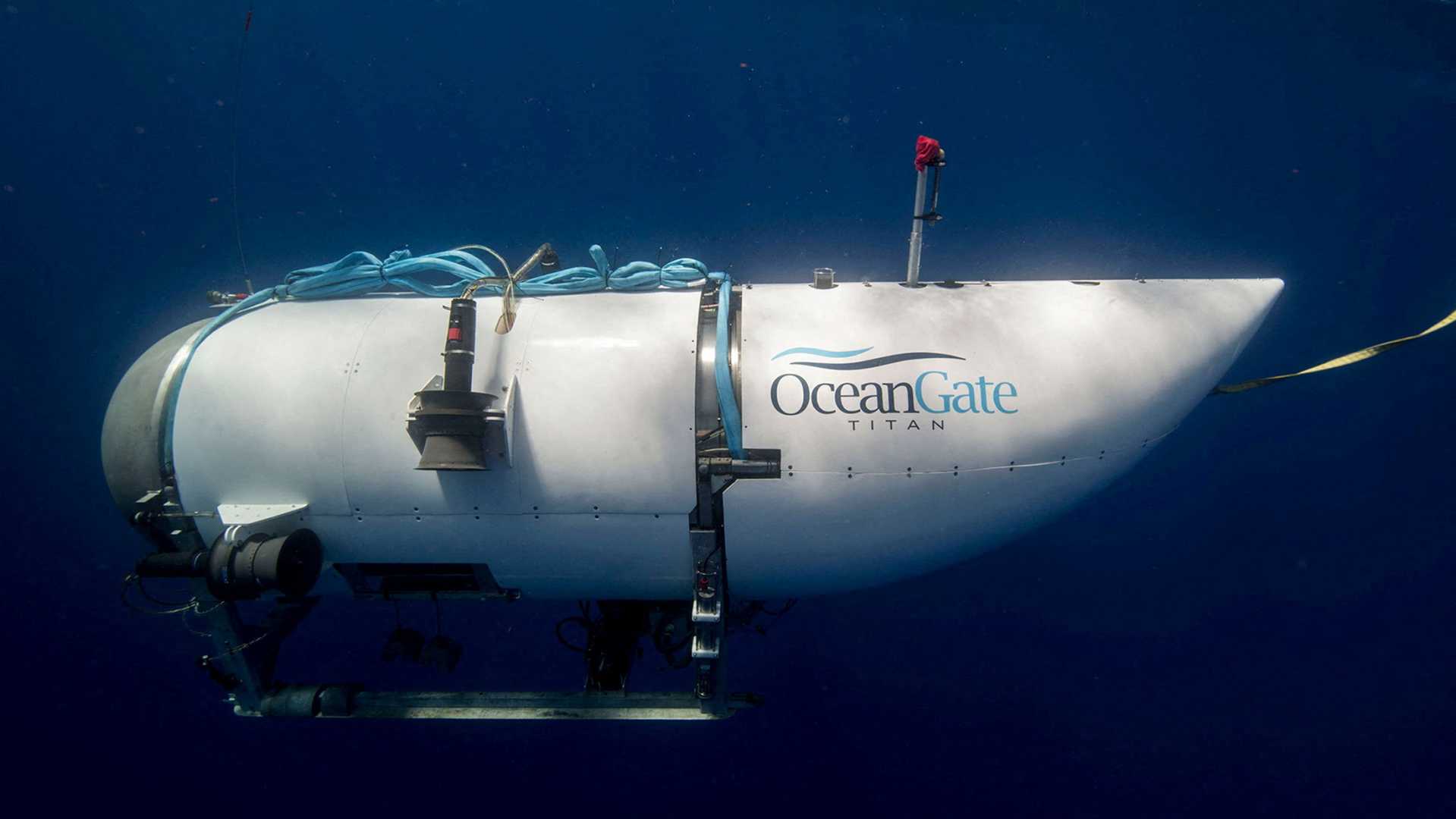News
Dissecting the OceanGate Titan Tragedy: Safety Gaps and Regulatory Oversight

Shipwrecks attract the curious like morbid magnets drawing in iron filings. Hub of tragedy and bravery, seafaring lore is rich with tales of infamous wrecks that pervade ocean floors. Among them, none are more renowned in the Western world than the HMS Titanic, the “unsinkable” passenger liner that vanished beneath North Atlantic waters on April 14, 1912. Since its discovery in September 1985, the wreck has prompted scientific inquiry and a niche tourism reserved for the ultra-wealthy: deep-sea dives to the ill-fated ship.
On June 18, 2023, the OceanGate Titan submersible imploded en route to the ocean floor, instantly killing all five occupants, including Stockton Rush, the sub’s builder and OceanGate founder. Fifteen months following this disaster, the Coast Guard concludes its official hearing, providing insights crucial for understanding the incident and preventing similar occurrences. OceanGate, operating on a razor-thin safety margin, faced the formidable enemy of pressure as the Titan dove to depths near the Titanic at approximately 12,500 feet (3,810 meters). Normal scuba divers do not surpass 130 feet, but Titan faced 6,000 psi, or three tons pressing upon every inch of the hull.
The testing parameters fell under scrutiny after it surfaced that Titan underwent pressure tests only up to 1.09 times its operational depth in Maryland’s Deep Ocean Test Facility. Comparatively, other companies such as Composite Energy Technologies (CET) and the American Society of Mechanical Engineers (ASME) recommend testing up to 1.5 and 1.25 times the depth, respectively. The Titan’s hull, composed of carbon fiber capped with titanium cones, deviated from standard all-metal hull designs. This unconventional design raised concerns as issues surfaced with joint effectiveness during tests, displaying potential weaknesses at critical seals.
Expert testimony has spotlighted these design flaws. Astrophysicist Scott Manley suggested a likely breach near carbon fiber and titanium joining, a problem exacerbated by Titian’s use of composite materials generally advised against for deep-sea crafts. The American Bureau of Shipping prohibits these materials in pressure vessels bearing humans, citing susceptibility to fatigue and structural weakness over time.
David Lochridge, an ex-OceanGate Operations Director, held serious concerns over Stockton Rush and OceanGate, accusing the operation of compromising safety in favor of profit. His perspectives add to the picture of Rush’s aversion to critique, similar to insights shared by William Kohnen, CEO of Hydrospace Group, Inc., emphasizing Rush’s hesitance to third-party scrutiny which might have detected design flaws ahead of disaster.
The investigation remains ongoing, but existing findings point to the failure of composite materials as a probable cause. Meanwhile, discussions about regulatory oversight remain central. The open sea represents a jurisdictional conundrum. There’s little formal regulatory framework for deep-sea submersible operations, making self-governance predominant in the industry until disaster strikes. The lessons from the OceanGate Titan tragedy may yet reshape this precarious balance.












